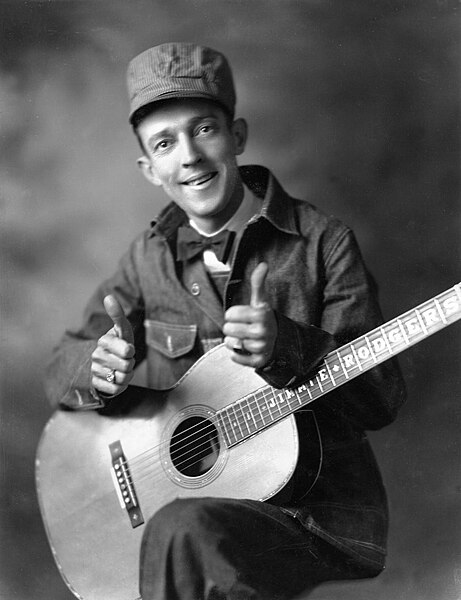The origins of rock and roll are complex. Rock and roll emerged as a defined musical style in the United States in the early to mid-1950s. It derived most directly from the rhythm and blues music of the 1940s, which itself developed from earlier blues, the beat-heavy jump blues, boogie woogie, up-tempo jazz, and swing music. It was also influenced by gospel, country and western, and traditional folk music. Rock and roll in turn provided the main basis for the music that, since the mid-1960s, has been generally known simply as rock music.
Louis Jordan in 1946
Jimmie Rodgers
Roy Brown, writer and singer of "Good Rocking Tonight" in 1947
Rock and roll is a genre of popular music that evolved in the United States during the late 1940s and early 1950s. It originated from African American music such as jazz, rhythm and blues, boogie-woogie, electric blues, gospel, jump blues, as well as country music. While rock and roll's formative elements can be heard in blues records from the 1920s and in country records of the 1930s, the genre did not acquire its name until 1954.
Sign commemorating the role of Alan Freed and Cleveland, Ohio, in the origins of rock and roll
Chuck Berry in 1957
Big Joe Turner and Pete Johnson's record "Roll 'Em Pete" is regarded as a precursor to rock and roll.
Bill Haley and his Comets performing in the 1954 Universal International film Round Up of Rhythm







